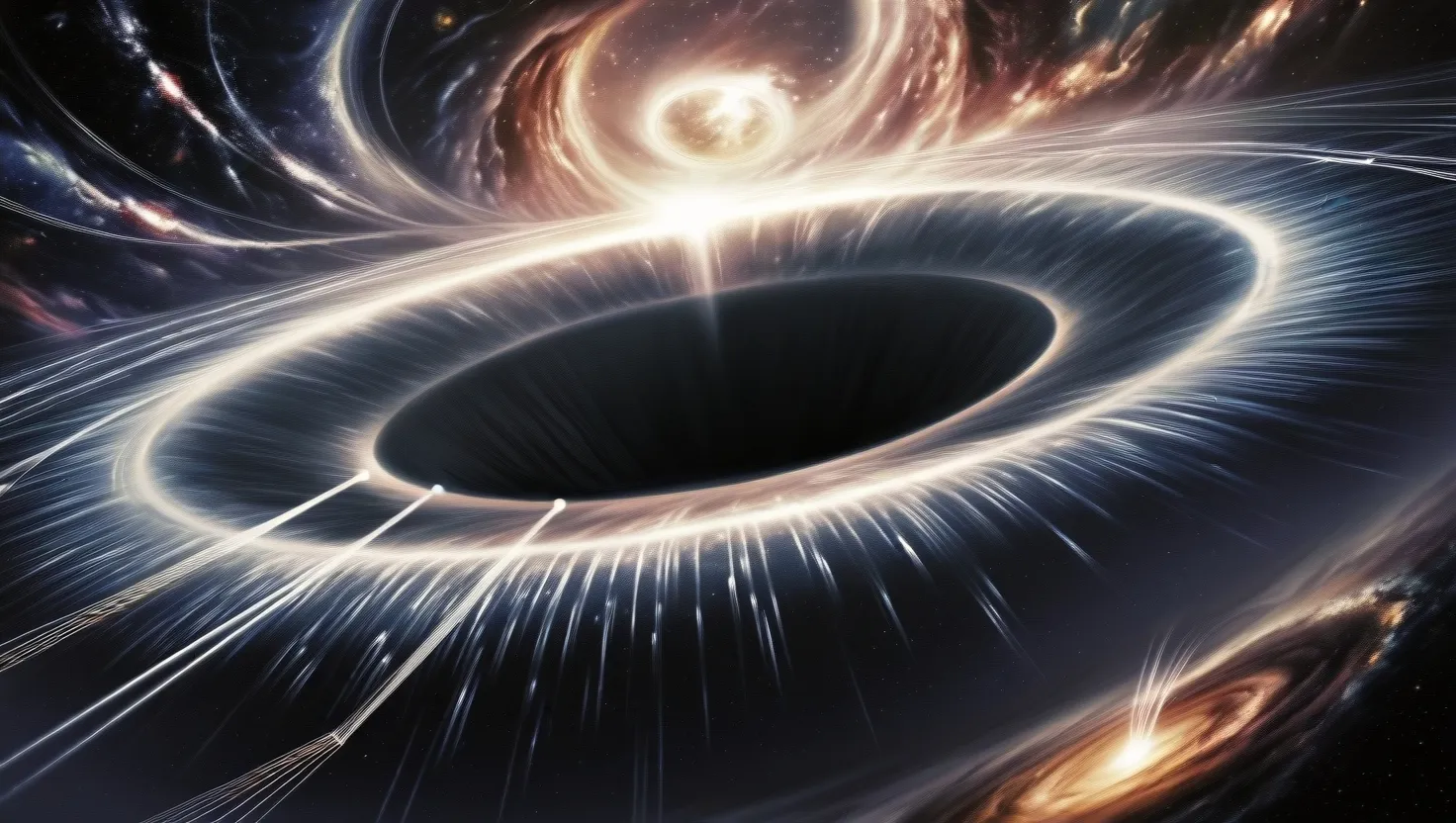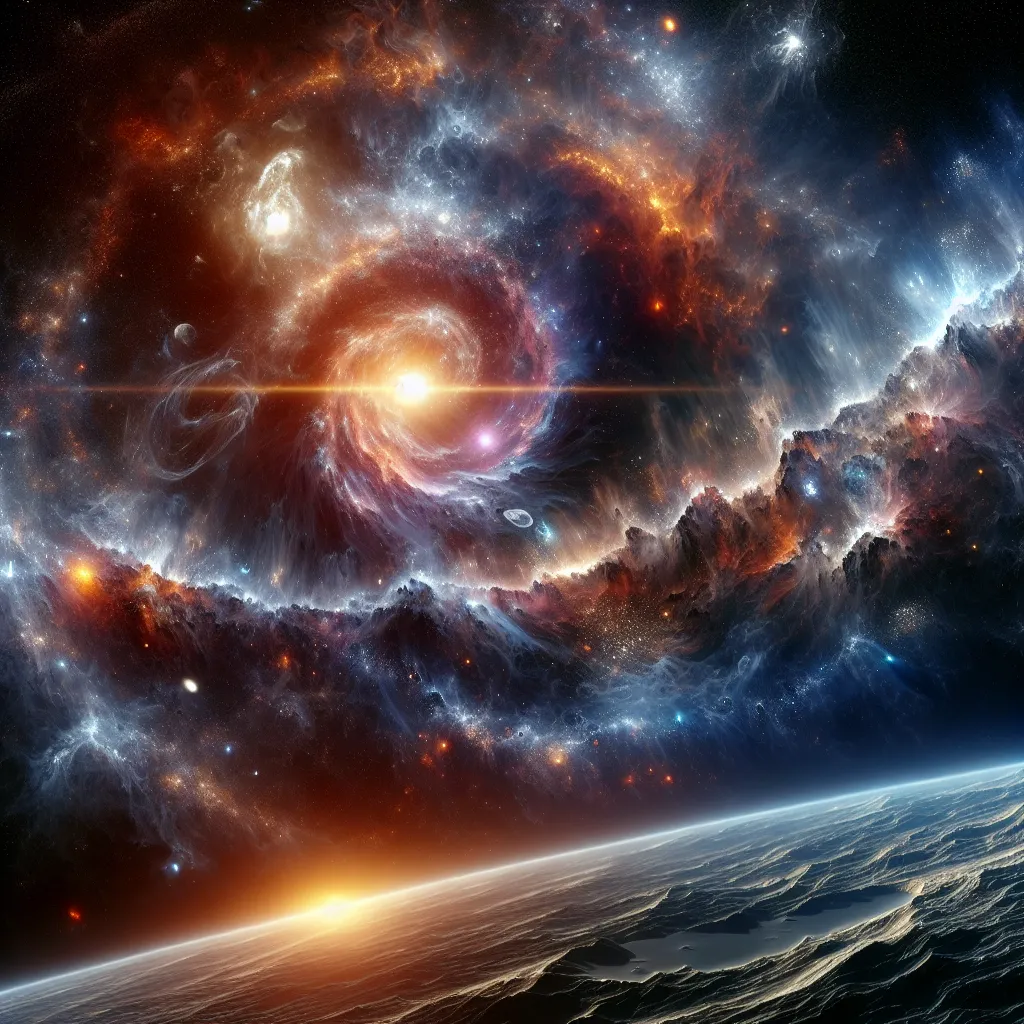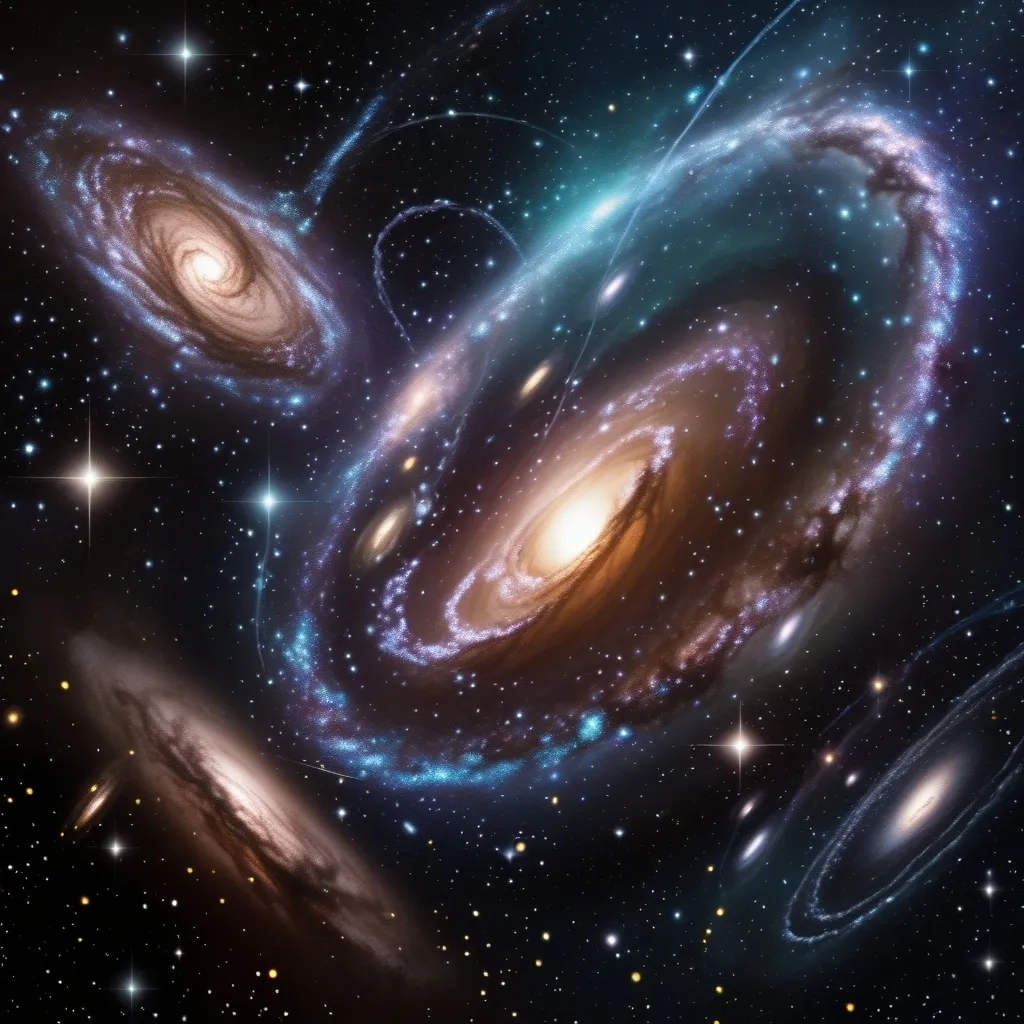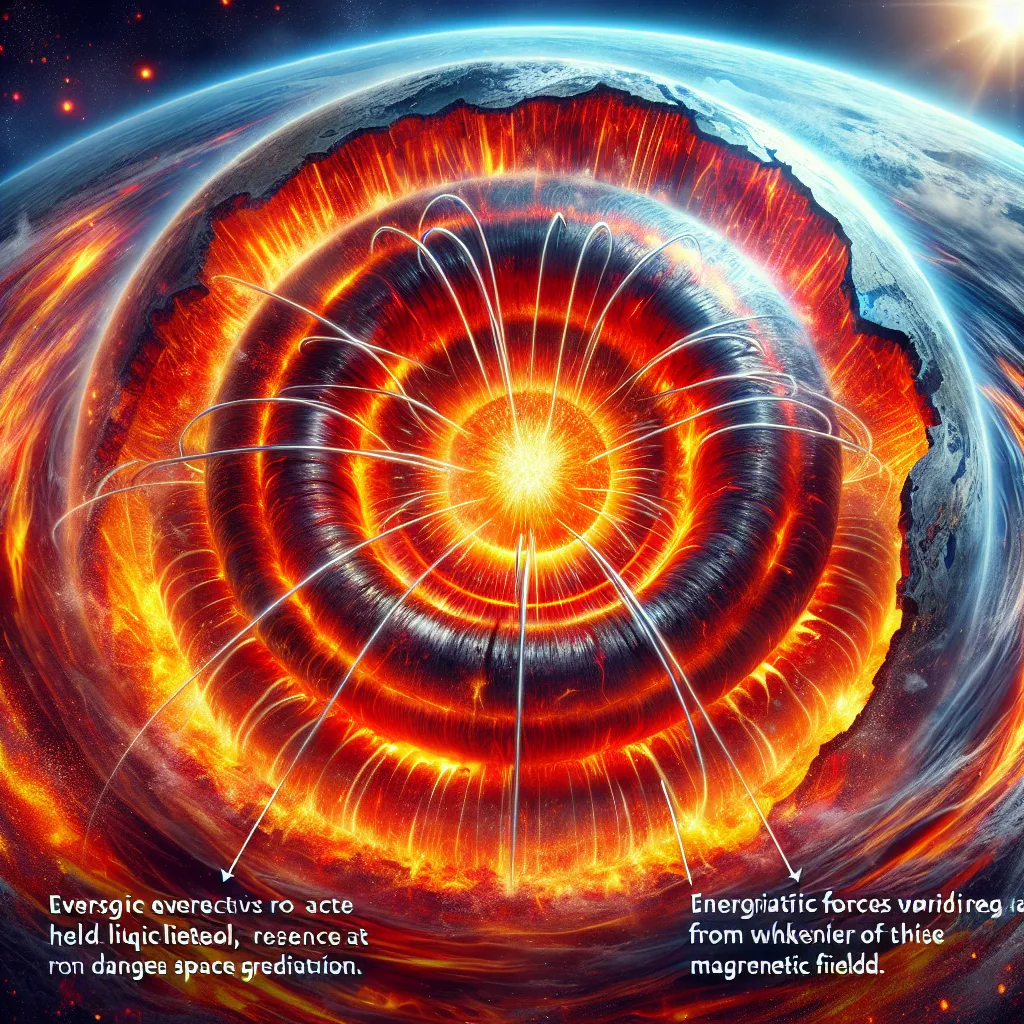As we delve into the enigmatic realm of black holes, a fascinating and somewhat eerie notion emerges: these cosmic entities might be more than just voids that swallow light and matter. They could be transmitting encrypted messages about the very fabric of our universe, specifically about quantum gravity, a concept that has long eluded physicists.
To understand this idea, let’s start with the basics. Black holes are regions in space where the gravitational pull is so strong that nothing, not even light, can escape once it crosses the event horizon. This boundary marks the point of no return, a threshold beyond which anything that enters is trapped forever. However, recent research suggests that black holes are not just simple, featureless objects as described by Einstein’s theory of general relativity. Instead, they may be complex, quantum mechanical systems.
One of the key insights into this complexity comes from the work of Stephen Hawking and Jacob Bekenstein in the 1970s. They discovered that black holes have a property called entropy, which is a measure of disorder or randomness. Interestingly, the entropy of a black hole is proportional to the surface area of its event horizon, not its volume. This relationship, known as the Bekenstein-Hawking formula, implies that all the information about the matter that falls into a black hole is encoded on its surface, much like a hologram encodes an image on a flat surface.
This holographic principle has far-reaching implications. It suggests that the information contained within a black hole is not lost but is instead stored on its surface. This idea has been crucial in resolving the black hole information paradox, which questioned how the information about matter falling into a black hole could be preserved when the black hole eventually evaporates through a process known as Hawking radiation.
Hawking radiation is another fascinating aspect of black hole behavior. It shows that black holes are not eternal objects but can slowly evaporate over time, emitting radiation as they do so. This process is a result of quantum effects near the event horizon, where virtual particles can become real and one of them can escape as radiation while the other is pulled back into the black hole.
The study of black holes and their behavior has also led to some intriguing theories about their role in the universe. For instance, the concept of holographic duality suggests that certain black holes can be described using a theory of quantum matter without gravity. This duality provides a simpler way to understand the complex quantum gravity phenomena associated with black holes by translating them into problems of quantum matter.
But what if black holes are more than just objects that encode and emit information? What if they are actually gateways to other universes or even to different points in time? While these ideas might sound like the stuff of science fiction, they are rooted in some of the most advanced theories in physics.
For example, the idea of black holes as portals to other universes is linked to the concept of wormholes. Wormholes are hypothetical tunnels through space-time that could connect two distant points in the universe or even two different universes. If black holes are indeed connected by wormholes, they could potentially serve as doorways to other cosmic realms.
Another mind-bending possibility is that black holes could be related to time itself. The extreme gravity of a black hole warps space-time in such a way that time dilation occurs, meaning time passes differently near a black hole compared to other parts of the universe. This effect, predicted by Einstein’s theory of general relativity, has been observed in the real world and suggests that black holes could be manipulating time in ways we are only beginning to understand.
The recent discovery that black hole horizons can cause decoherence—a process where quantum superpositions collapse into definite states—adds another layer of complexity to the picture. This effect, described by researchers like Robert Wald and Gautam Satishchandran, suggests that black holes are not just passive observers of the universe but are actively influencing the quantum states of particles around them. This influence is so profound that it challenges our understanding of how gravity and quantum mechanics interact.
In essence, black holes are not just cosmic voids; they are windows into the fundamental nature of the universe. They offer clues about quantum gravity, a theory that seeks to merge the principles of quantum mechanics and general relativity. The study of black holes has led to significant advances in our understanding of space-time, entropy, and the holographic principle, all of which are crucial for developing a complete theory of quantum gravity.
As we continue to explore the mysteries of black holes, we are not just uncovering secrets about these enigmatic objects; we are also unraveling the deeper mysteries of the cosmos. The information encoded on the surfaces of black holes, the way they manipulate space-time, and their potential roles as gateways to other universes or time itself all point to a universe that is far more intricate and mysterious than we ever imagined.
In the end, the study of black holes is a journey into the heart of the universe, a journey that challenges our current understanding and pushes us to think about the cosmos in entirely new ways. As we peer into the abyss of a black hole, we are not just looking at a void; we are looking at a mirror that reflects the deepest secrets of the universe. And it is here, in these darkest corners of space, that we may find the answers to some of the universe’s biggest questions.






